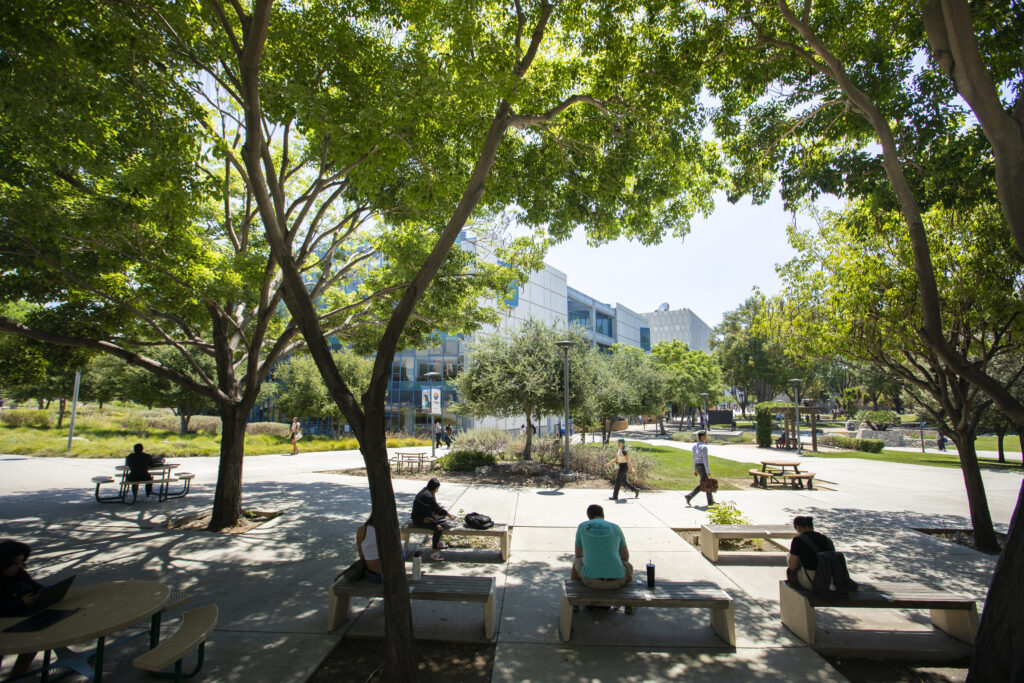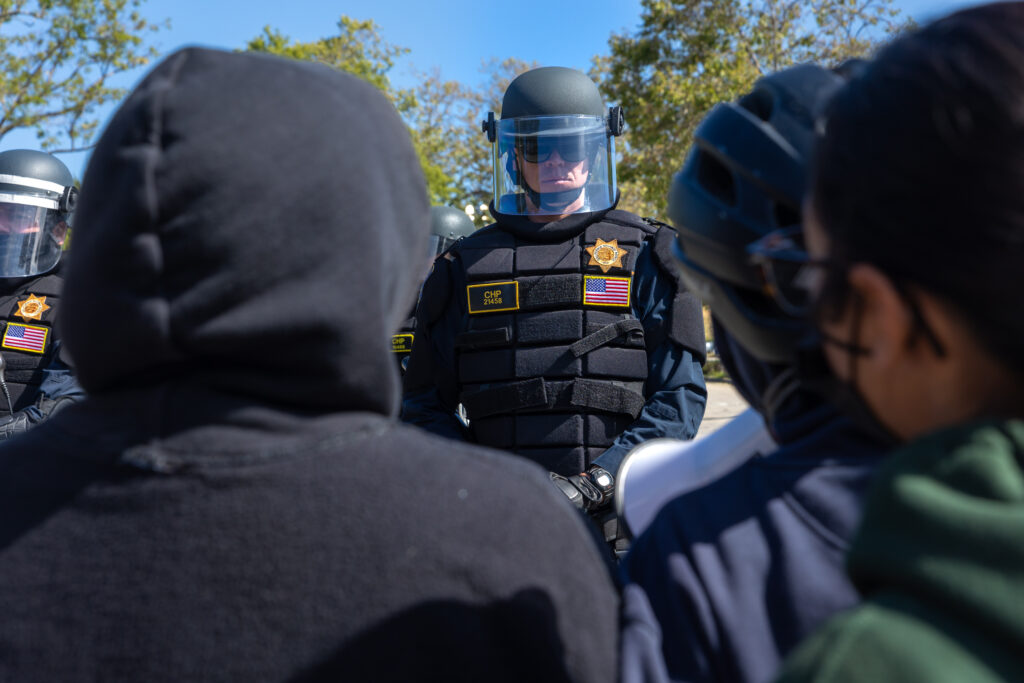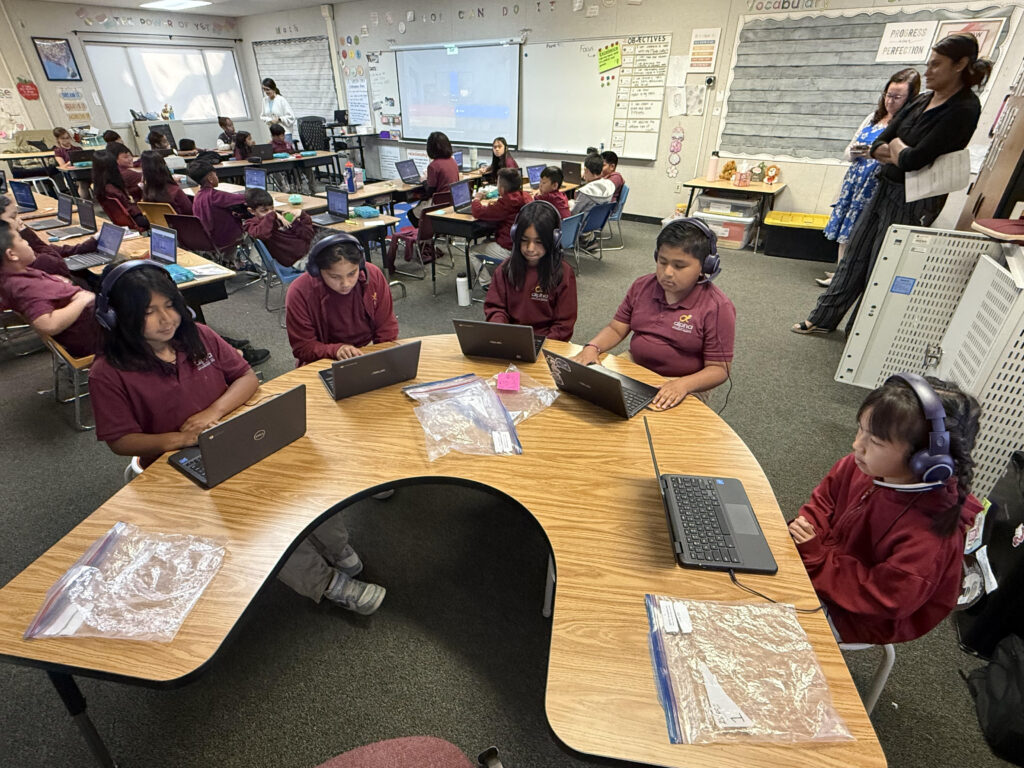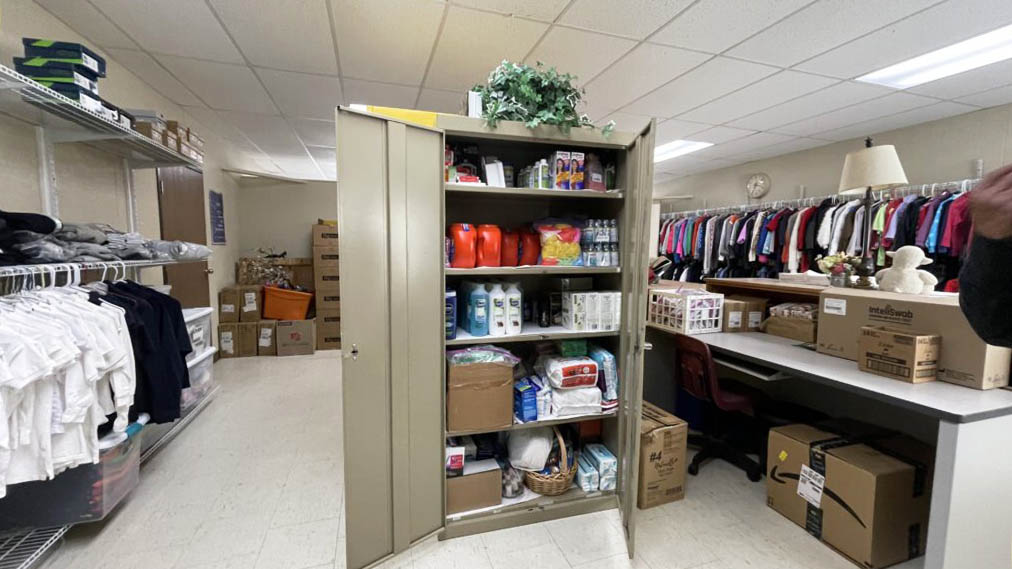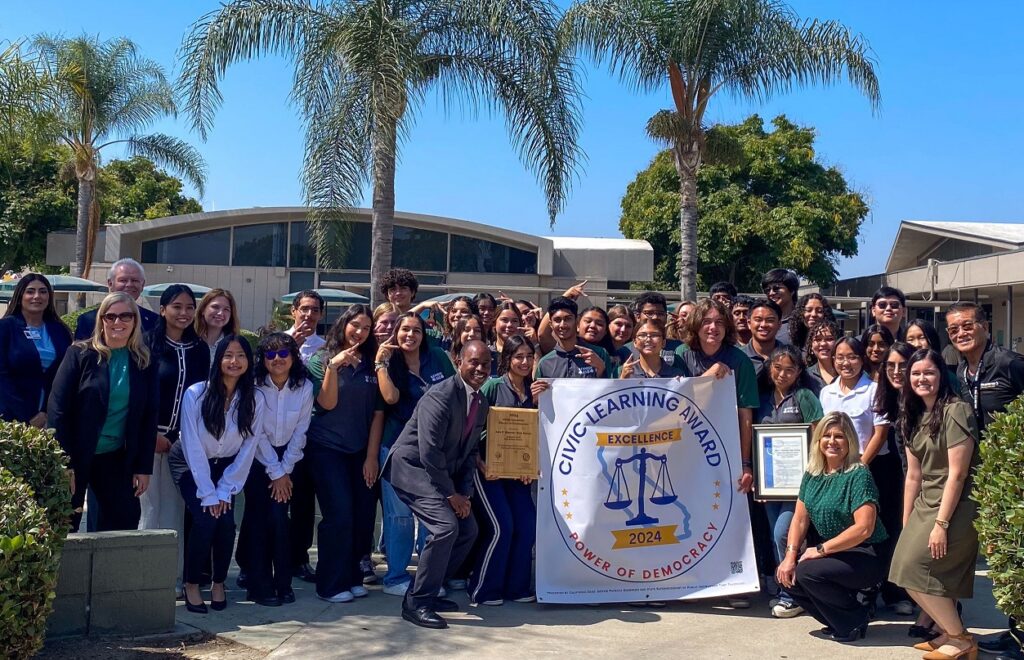I have been following the case of Kseniia Petrova, a cancer researcher at Harvard, with a sense of outrage and helplessness. She attended a conference in France and returned last February with samples of frog embryos for her laboratory. She was detained by Customs for failing to declare them and has been incarcerated ever since. The other day, the charge of bringing in an undeclared item was upgraded to a felony, and this young woman faces a possible 20 years in prison.
Is she the kind of dangerous, violent criminal that Trump promised to deport? No.
Jay Kuo is both a lawyer and a playwright, whose blog is called The Status Kuo. He writes about the case today in hopes of rallying support for her. Petrova left Russia to protest the invasion of Ukraine. If she is deported there, she will be immediately jailed.
He writes:
We need to pay close attention to the case of Kseniia Petrova. She’s a Russian-born researcher who was detained by Customs and Border Protection back in February when traveling back from a conference in France.

Like others caught up in the “immigration crackdown” by the Trump administration, Petrova has been held in ICE detention ever since. In her case, a custom agent alleged she had failed to declare frog embryo samples that she’d picked up from a colleague to bring back to the U.S.
For this, the government canceled Petrova’s visa and threatened to deport her. But her case is about far more than frog embryos.
For starters, her home country is Russia, where she was outspoken against the war in Ukraine and was part of the exodus of Russians opposed to Putin’s invasion. She now faces persecution or worse for her anti-war activism should she be sent home, even while the Trump administration bends over backwards for Putin and the Kremlin.
She’s also a researcher and valued member of the Harvard medical sciences community, which has been the constant target of the Trump White House. Being deliberately cruel to Petrova means Trump gets to traumatize Harvard in yet another way.
Petrova has been languishing in a detention facility in Louisiana, but things had begun to move her way. This week, Judge Christina Reiss, a federal judge in Vermont hearing Petrova’s habeas petition, questioned government lawyers over whether Customs and Border Protection actually had the authority to cancel Petrova’s visa. Judge Reiss had set a bail hearing for next Friday, and many viewed it as a hopeful signal that she was set to release Petrova from custody.
Not so fast, said the government. What they did next was frankly shocking, even in this corrosive and highly politicized environment.
The government charges Petrova criminally
Apparently out of sheer spite, and faced with the prospect of losing another case where they had egregiously overreached and overreacted, the government charged Petrova with felony smuggling. That’s a charge that carries up to 20 years in prison.
Felony smuggling laws are intended to deter profiteers from deliberately carrying in endangered species, not to punish researchers who fail to declare frog embryo samples.
Normally when you fail to declare something that should have been itemized at customs, you could face a fine. It’s considered a minor infraction. And in this case, it isn’t even clear that frog embryos count. According to Petrova’s lawyer, customs experts conveyed that that she “did not need a permit to bring in her non-living scientific samples that are not considered biological material under U.S. Customs law.”
The criminal complaint itself is a just single page attaching an affidavit from a Homeland Security agent. In that affidavit, the agent makes much of the fact that, after checking her text messages on her phone (!!), he learned that Petrova apparently had been told by a colleague that she should declare the samples. But she had joked about not having a plan to carry them in, saying, “I won’t be able to swallow them.”
When asked, Petrova told the agent that she was not sure she needed to declare anything. (I should add here that advice from a colleague is not the same as legal advice from a customs lawyer.) Per the Customs and Border Protection website, U.S. government agencies “regulate the importation of biological materials that can pose a threat to agriculture, public health, and natural resources” (emphasis added). But frog embryo samples don’t pose any threat. So it’s hardly clear that Petrova knew these had to be declared.
“Yesterday’s hearing in federal district court in Vermont confirmed that Customs and Border [Protection] officials had no legal basis for cancelling Kseniia’s visa and detaining her,” wrote Petrova’s attorney. The judge in Vermont seemed prepared to agree and to rule that canceling her visa over this was excessive.
Filing criminal charges now? Really?!
When someone is taken into custody by immigration officials, it is customary to charge them first with any crimes they have committed. This makes sense because criminal charges, which are far more serious, should always take priority over any immigration violations, which are normally just civil violations.
Once the individual has been prosecuted, explained Ingrid Eagly, co-director of the Criminal Justice Program at the UCLA School of Law, to the New York Times, the authorities can begin the process of removing them from the country. In Petrova’s case, “they put her in removal proceedings, and now are saying it is a criminal case.” Dr. Eagly explained that this was a “ratcheting up of the charges,” an atypical move that “seems retaliatory, designed for a particular end.”
Prof. Marisol Orihuela of Yale Law School told the Times that this was the first time she had seen a case where criminal charges were brought against someone who had already been in removal proceedings for so long. “The question it raises in my mind is why would it take three months” to decide to charge Petrova, remarked Prof. Orihuela. “It doesn’t really quite add up,” she added, wondering why the government would “need this amount of time if you thought this was a crime worth charging.”
Nor does it make any sense that after three whole months, there is still no further evidence beyond what one lone agent said Petrova did and said under questioning just before she was taken in. There are no interviews of Petrova’s colleagues. There is no showing, beyond a text thread with a colleague, that Petrova knew such samples must be declared. They’ve had three months, but the case has not advanced beyond what was known at the time.
On top of this, the timing of the charge is highly suspicious. Judge Reiss had only this week questioned whether Petrova’s visa revocation was proper, and from all accounts she would have likely ordered Petrova’s release on bail next Friday.
Here’s what I want to know. Who in the administration ordered Petrova to be criminally charged? Was there coordination between an overzealous Customs and Border Protection and the Department of Justice? When was the charging decision made? Did anyone object to it? Why was there apparently no investigation to obtain further evidence to support the charge?
Playing dangerous politics, holding political prisoners
Petrova’s case has been prominent in the headlines. She has received support from all across the country and the world. A feature on her plight was published in the New York Times. Her work as a scientist studying images for cancer diagnostics has been widely lauded, while her detention has been condemned as a pointless harm, not just to her but for medical science and the world.

It would not surprise me if orders to do everything possible to continue to punish and hold Petrova came from the very top of the Trump administration. After all, moving to criminally charge Petrova, three months after she was first detained, makes zero sense unless your point is to make an example of her and thumb your nose at customary prosecutorial practices.
The administration has basically said, “Oh, so you think you can get her out? We’ll stop you, just to show that we can. To hell with your ‘due process’ and ‘civil rights.’ We’re in charge, and she’s not going anywhere.”
This is of course the same position the government has taken with Kilmar Abrego García and all the other political prisoners in El Salvador’s CECOT facility.
I say “political prisoners” because that is precisely what they’ve now become. Petrova, Abrego García, and others are being held for purely political reasons, by or at the request of the U.S. government. It’s not because they’ve committed any actual crimes or are in any way deserving of the treatment they are receiving. Rather, it’s because the administration wants to telegraph strength and cruelty, just like any other fascist regime.
It’s also why the White House is so desperate to cast them as “criminals” and stretch the laws and the truth, even to absurd degrees, to fit its narrative. That makes this fight not just about achieving justice for those wrongly arrested and held, but also about rejecting the raw politicization of their cases and of our immigration and criminal justice systems.
Indeed, fighting for justice for Petrova and others now means no less than fighting for the rule of law, democracy and the very soul of our nation, now put at serious risk by the tyranny of the Trump regime.
Petrova is not a dangerous criminal. She has not raped or murdered anyone. She is a researcher trying to find a cure for cancer.

